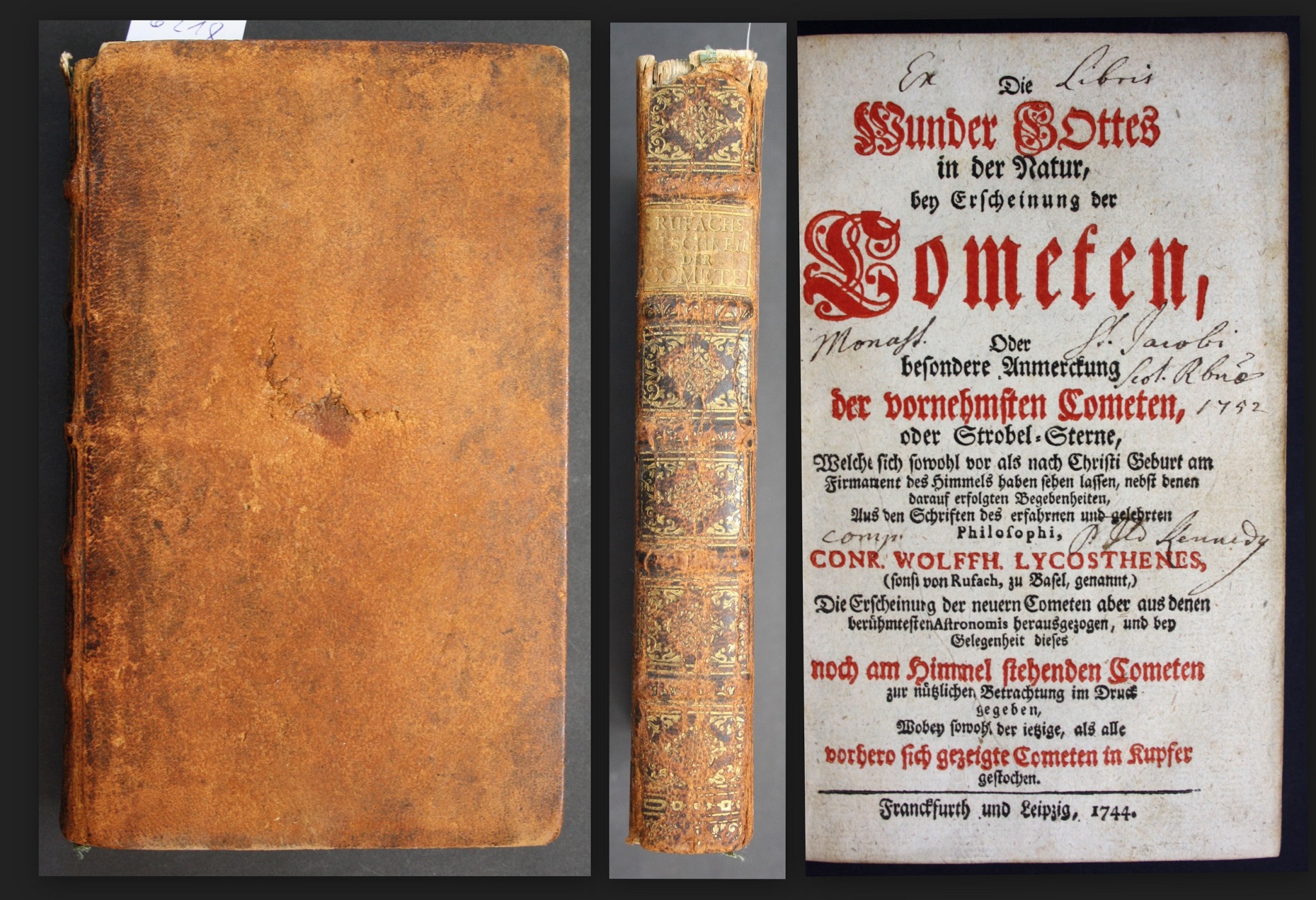Jeu Instructif des Peuples et Costumes des Quatre Parties du Monde et des Terres Australes. (Jeu de l’oie). Paris, Basset, 1815.
Size: c. 58 x 46, 5 cm. Copper engraving. With some browning on the outer margins, with several backed tears, mostly in folds.
A very rare French goose game. The game presents itself as a journey around the world from China to France; the game fields show the newly discovered inhabitants of Australia, New Guinea, New Zealand, the island of Java and Tahiti, alongside people from other parts of the world.
The game’s instructions are in the center of the game board. The four corners show allegorical representations of the continents. The game follows the spiral form of the traditional game played as early as the 1570s, called „jeu de l’oie“ or game of the goose, which includes a track with 63 numbered spaces arranged in the form of a spiral. Players advance by throwing the dice and moving their tokens; some of the game squares include bonuses, penalties or hazards for the players who land there. For instance, landing on any European country allows the player to advance again by the same distance.
Some of the other meaningful spaces are:
– on space 6 (traditionally a bridge, here shows a space in Mexico/Central America) the player is allowed to advance to space 12;
– on space 19 (traditionally an inn, here shows the hospitable people of Tahiti) the player waits 2 turns;
– on space 31 (traditionally a well, here shows Siberia) the player needs to wait until another player reaches this space and exchange places with them;
– on space 42 (traditionally a maze, here shows the Japanese warriors repelling foreign navigators) the players has to go back to space 30;
– on space 62 (traditionally a prison, here shows a scene of enslavement on the Barbary Coast); the instructions are the same as for space 31;
space 58 (traditionally the „death“ square, here depicted as „ile habitee par les Anthropophages“, shows the cannibal people of New Zealand preparing to eat an European man) means starting from space 1.
As noted by A. Seville („The Geographical Jeux de l’Oie of Europe“, BELGEO, 2008), the game does not only serve its entertainment purpose, but it also speaks of international affairs, politics and commercial relations among various nations:„Each game goes beyond simple cartographic representation to convey, through its rules or iconography, a deliberate ‚messsage‘, whether political, commercial or cultural. The games give insight into international relationships, perceptions and misconceptions at various points in the history of Europe“. This game is a great example of the political and cultural implications that are implicit in the game’s setup. European squares are generally „superior“ to the non-European ones, which often involve being eaten or enslaved by savage, uncivilized people. Landing on the European countries gives the players a clear advantage: they can advance faster, as noted above. A statue of King Henry IV on a pedestal is depicted on the last game space. The game maker may have wanted to make a statement, to steer clear of Napoleon’s recent defeat, by choosing instead a French king who united the country. Henry IV was called „le roi de la poule au pot“ for wishing prosperity for the French people, seen in the possibility of „A chicken in every peasant’s pot every Sunday”.
The game fields are:
1. China
2. Peru
3. Hindustan (India)
4. Lapland
5. England
6. Mexico
7. New Holland (Australia)
8. Kamtchatka
9. Russia
10. Guinea
11. Hottentots (Africa)
12. River of the Amazons in South America
13. Jagos (Africa)
14. Sweden
15. Greece
16. Cochin in China
17. Greenland
18. Prussia
19. Otaheite Ile (Tahiti)
20. Kalmucks
21. Persia (Iran)
22. Armenia
23. Germany
24. Saudi (Arabia)
25. Pegu (Asia)
26. Tibet (Asia)
27. Denmark
28. Siam
29. Egypt
30. Abyssinia (Africa)
31. Siberia
32. Switzerland
33. Nigritia (Africa)
34. Iroquois people in North America
35. Caffres (Africa)
36. Netherlands
37. Madagascar
38. Brazil
39. New Guinea
40. Guiana
41. Hungary
42. Japan
43. Nubia in Africa
44. Tatars from Kasan
45. Turkey
46. California
47. Chile
48. Korea
49. Great Tartary (Asia)
50. Spain
51. Moluccas
52. Barbary (Africa)
53. Sumatra
54. Portugal
55. Java island
56. Tierra del Fuego in South America
57. Paraguay
58. New Zealand
59. Italy
60. Mogul Empire in Asia
61. Nootka Sound in South America
62. Tschurtschi in Asia
63. France: „Vive Henri IV“.
Andre Basset (c. 1720-1865) came from a famous French family of publishers and engravers active in Paris. Basset published low-cost, affordable optical views of various European cities, as well as games, maps and engravings.
Literature: Henry-Renè d’Allemagne: „Le noble jeu de l’oie en France, de 1640 à 1950“, Paris 1950. (page 227 and plate 45); OCLC: 64095260 listing only Cornell as holding a copy.
sold/verkauft
















